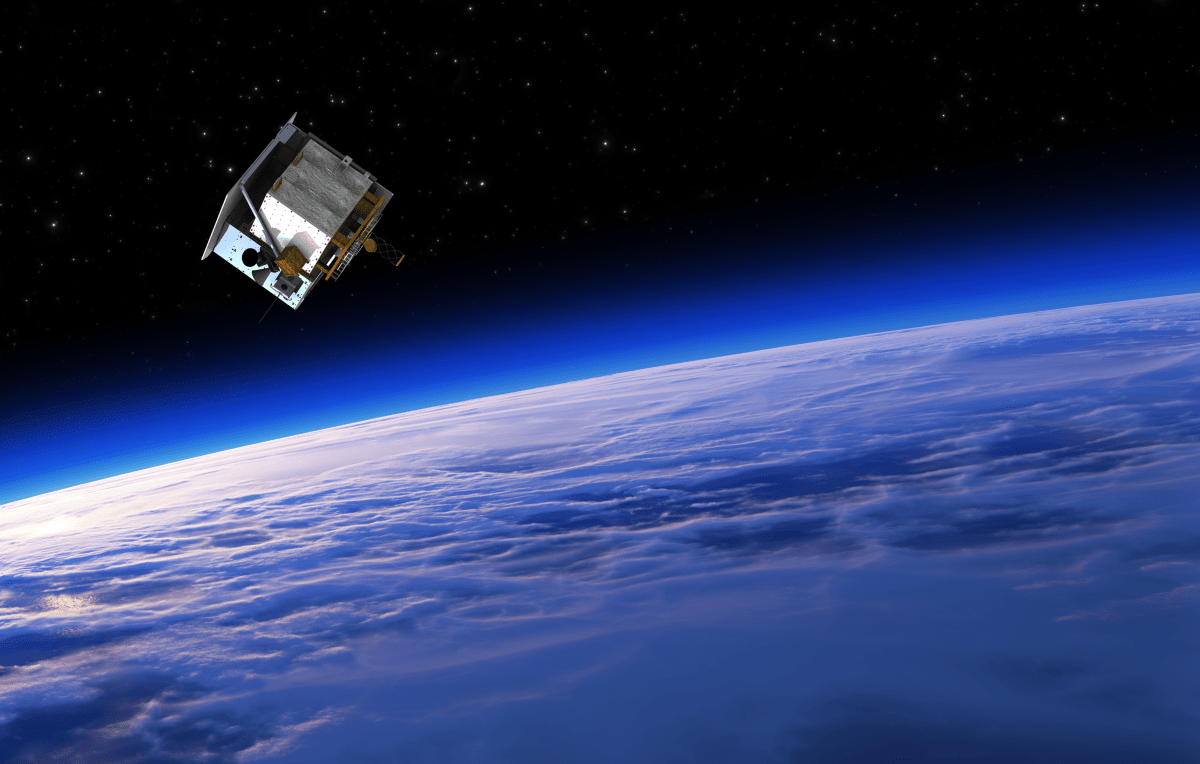Data is becoming as precious as water in precision agriculture, and Hydrosat aims to help provide both with a new set of Earth observation satellites. The company has raised a $20M A round, including $5 million in non-dilutive funding, which should put the first two thermal infrared satellites into orbit.
The company’s mission is to provide customers from agribusinesses to the government real-time thermal infrared data, which can be used for solutions from drought prediction to ecosystem monitoring to disease vector mapping.
“The ability to track water stress and climate impacts in real time is a critical pain point for Hydrosat’s agribusiness, financial, and government customers,” Hydrosat CEO Pieter Fossel tells TechCrunch. “This need is only being felt more acutely with the increasing pace of extreme weather events brought on by climate change and increasing instability in global food supply chains from geopolitics and the war in Ukraine.”
Currently, Hydrosat develops crop yield forecasts and irrigation management solutions based on open Earth observation data sets. But those datasets are relatively infrequently updated and usually somewhat low resolution. So Hydrosat’s next step is developing its own 16-satellite constellation that will provide constant high-resolution thermal images from space to improve the solutions for customers.
Led by Statkraft Ventures, with additional participants including Blue Bear Capital and Hartree Partners, this funding will “accelerate the commercial go-to-market of Hydrosat’s two core analytics solutions,” says Fossel, nodding to the crop yield forecasts and irrigation management tools.
But it will also go towards the launches of VanZyl-1 and VanZyl-2, the company’s first fully operational commercial satellite missions. Both missions are due to launch next year, with VanZyl-1 securing a flight with Loft Orbital. The funding builds the company’s $15 million seed from 2021.
“Hydrosat flew a prototype thermal infrared mission in January 2021 on a stratospheric balloon at 20-kilometer altitude with support from the U.S. Air Force Space Test Program. That prototype mission flew and imaged successfully at altitude,” says Fossel. “The stratospheric mission served as a major risk reduction milestone for Hydrosat’s first two on-orbit missions and paved the way for subsequent funding and development.”
Once operational in orbit, the satellites will provide “analytics-ready, science-quality data of the entire Earth,” according to Fossel. And that data will provide even richer insights for Hydrosat’s growing client base.
